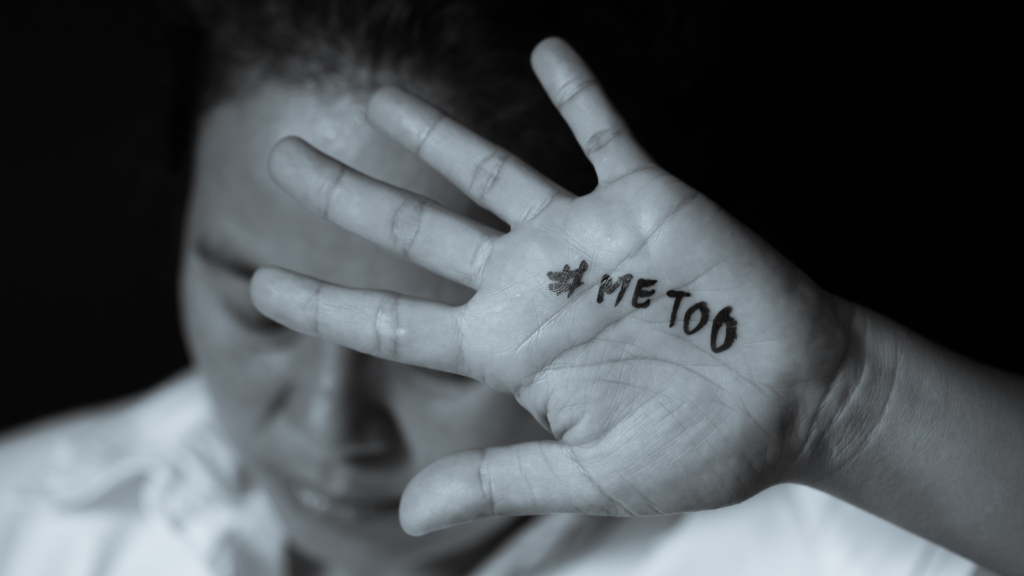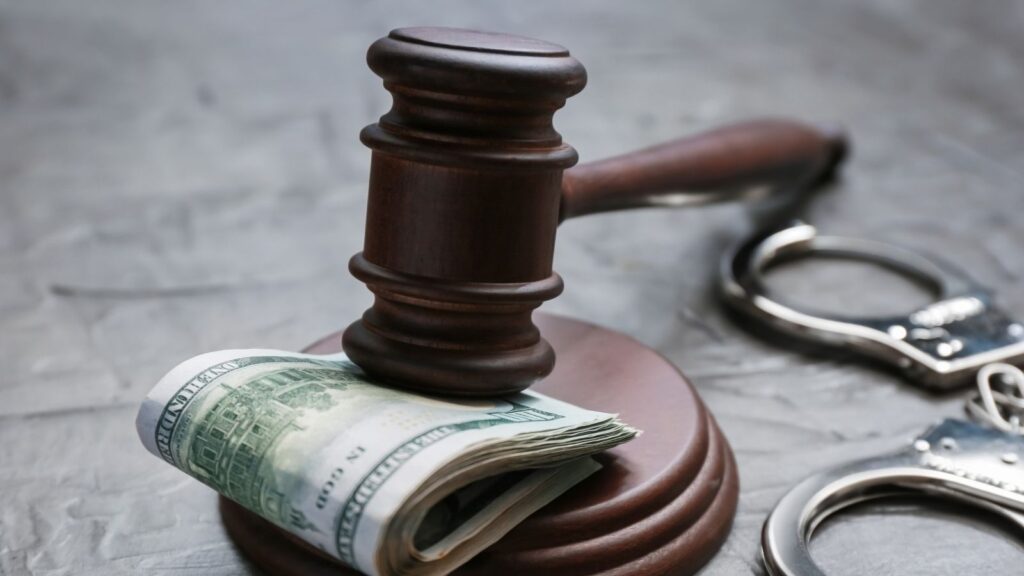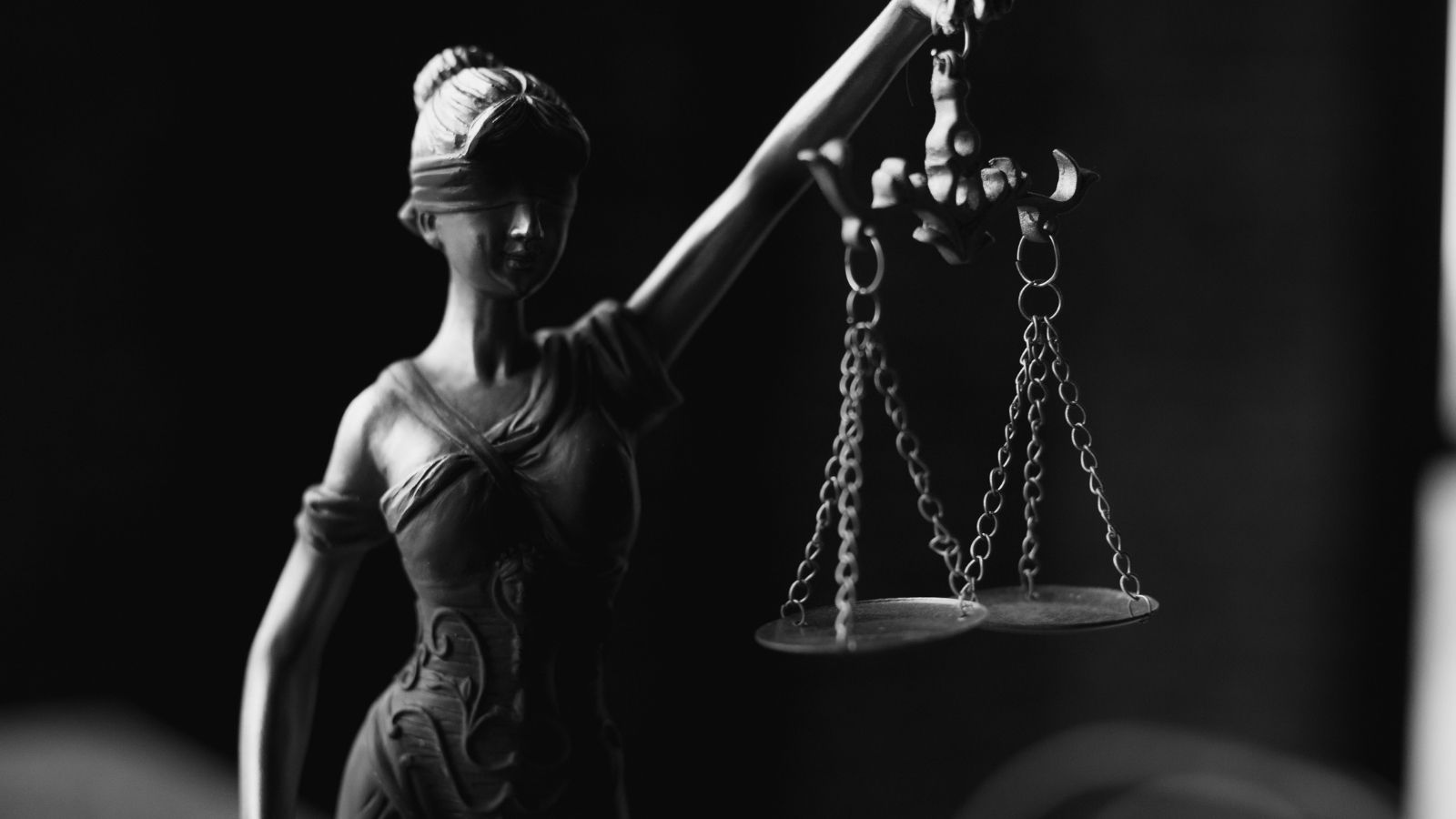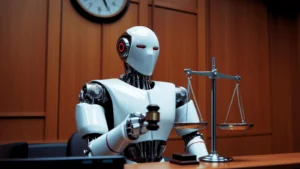The Indian judiciary is seen as a symbol of justice, protecting rights and upholding laws. But what if there’s more to the story? Behind its respected image lies a web of delays, flaws, and even corruption that few dare to discuss. Law students, the future of justice, often don’t learn about these hidden problems in their studies.
From the shocking details of the Atul Subhash case to the quiet issue of sexual harassment in the legal field, this blog uncovers the darker side of the Indian judiciary and sheds light on the challenges few are willing to talk about.
Atul Subhash Case: A Disturbing Reality Check

The recent suicide of Bengaluru techie Atul Subhash has shaken the nation’s conscience. In a chilling note, he accused his wife and mother-in-law of harassment and exposed the harrowing functions of Indian judiciary in matrimonial disputes.
Instead of delivering justice, the system deepened his despair, becoming a silent accomplice to his tragic end. His story is a haunting reminder of lives shattered by systemic flaws.
Key Issues Highlighted in the Case
- Overburdened Family Courts: Judges handling 100+ cases daily often lack the bandwidth to provide personalised attention to each case, leading to delays and inefficiencies.
- Bias Against Male Litigants: Subhash’s grievances echo the sentiments of many male litigants who feel their vulnerabilities are trivialised. False claims and procedural delays worsen the emotional toll.
- Mental Health Support: The absence of mental health counselling in family courts leaves litigants like Subhash grappling with overwhelming stress.
The case also exposes how corruption in Indian judiciary and adversarial legal practices can prolong disputes unnecessarily, discouraging trust in the legal system.
Sexual Harassment in the Legal Profession: A Hidden Crisis

The role of Indian judiciary in protection of human rights is overshadowed by systemic sexual harassment, a “hidden dirty secret” within the profession. Indira Jaising, India’s first female Deputy Attorney General, has exposed this shocking reality, revealing harassment’s grip even at the judiciary’s highest echelons. This disgrace demands urgent reckoning.
Shocking Facts and Realities
- Women comprise only 15% of the Bar Council of India, reflecting a significant gender disparity.
- A 2021 study revealed that 70% of female lawyers in India had faced some form of harassment during their careers.
- Despite isolated punitive actions, like the Supreme Court banning a clerk for harassment in 2021, systemic reforms are absent.
Impact on Women in Law
Sexual harassment crushes the dreams of young women aspiring to law, forcing them to abandon careers they once cherished. The judiciary loses voices of diversity, and victims find no solace in biased Internal Complaints Committees or broken reporting systems. Instead, they’re silenced, left to endure the pain that justice refuses to heal.
Corruption in Indian Judiciary: A Persistent Plague

The Indian judiciary suffers from luxurious litigation and systemic corruption, which erode public trust and hinder justice delivery. Corruption manifests in various forms, from bribery and nepotism to political interference and lack of accountability.
Forms of Corruption
- Bribery: Litigants often resort to paying bribes to expedite case resolutions.
- Nepotism: Favouritism in judicial appointments undermines meritocracy.
- Judicial Misconduct: Instances like the accusations against former Chief Justices have tarnished the judiciary’s image.
Systemic Causes
The opaque nature of judicial appointments and an ineffective in-house accountability mechanism have allowed corruption to thrive. For example, the impeachment proceedings against Justice Misra and allegations against Justice Gogoi highlight the judiciary’s resistance to external scrutiny.
Judiciary’s Role in Protecting Human Rights
Despite its flaws, the role of Indian judiciary in protection of human rights cannot be ignored. Landmark rulings like the decriminalisation of same-sex relationships and the affirmation of privacy rights showcase its potential to act as a defender of constitutional values. However, these achievements are often overshadowed by systemic inefficiencies.
Judicial Delays and Backlogs
The Indian judiciary suffers from luxurious litigation, with over 45 million pending cases. This backlog disproportionately affects marginalised communities, depriving them of timely justice and violating their human rights.
Lack of Accountability
The judiciary’s in-house regulatory mechanisms are neither transparent nor robust, allowing judicial misconduct to go unchecked. This lack of accountability undermines the judiciary’s role as a guardian of human rights.
Systemic Flaws in Judicial Functions
The functions of Indian judiciary, including delivering justice and upholding constitutional values, are compromised by structural inefficiencies and corruption.
Key Challenges
- Inefficient Case Management: Delays in case allocation and resolution hinder the judiciary’s effectiveness.
- Gender Insensitivity: Both sexual harassment within the profession and biases in family courts reflect the judiciary’s failure to create an inclusive environment.
- Inadequate Use of Technology: Despite efforts like e-courts, technology adoption remains inconsistent, exacerbating delays.
Proposed Reforms for a Transparent Judiciary
Addressing these systemic issues requires a multi-faceted approach:
Transparency and Accountability
- Introduce independent regulatory bodies comprising judges, lawyers, and civil society members to oversee judicial misconduct.
- Ensure transparency in judicial appointments and promotions through merit-based criteria.
Gender Sensitivity
- Establish robust, unbiased mechanisms for reporting harassment in the legal profession.
- Mandatory gender-sensitivity training for all legal professionals.
Improved Case Management
- Reduce case backlogs by increasing the number of judges and leveraging technology for case tracking and resolution.
Mental Health Support
- Incorporate trained mediators and counsellors into family courts to address the emotional needs of litigants.
Public Awareness
- Foster discussions on corruption and inefficiencies within the judiciary to build public pressure for reforms.
Global Lessons for Indian Judiciary
India can draw valuable lessons from international models:
- The American Bar Association’s stringent harassment policies provide a blueprint for addressing workplace harassment.
- Canada’s independent oversight committees for judicial misconduct offer a model for improving accountability.
Adopting such practices can enhance the functions of Indian judiciary and restore public faith in its impartiality.
Conclusion: A Call for Comprehensive Reform
The Indian judiciary, while a cornerstone of democracy, must address its internal challenges to truly fulfil its mandate. Cases like Atul Subhash’s tragic demise and the pervasive sexual harassment in the legal profession demand urgent attention. Tackling these issues requires not just systemic reforms but also a cultural shift within the legal fraternity.
The judiciary needs imminent transformation—transparency, accountability, and inclusivity are non-negotiable. As law students, it is up to you to decide whether you choose to be bystanders or become future warriors of justice. Raise your voice against corruption, delays, and bias. Fight for meaningful reforms, challenge the status quo, and ignite change. Justice needs your courage. Will you answer the call?
Read Also – Is Your Law Degree Valid? Find Out Now
Career Growth in Operations Management: Key Skills and Opportunities





